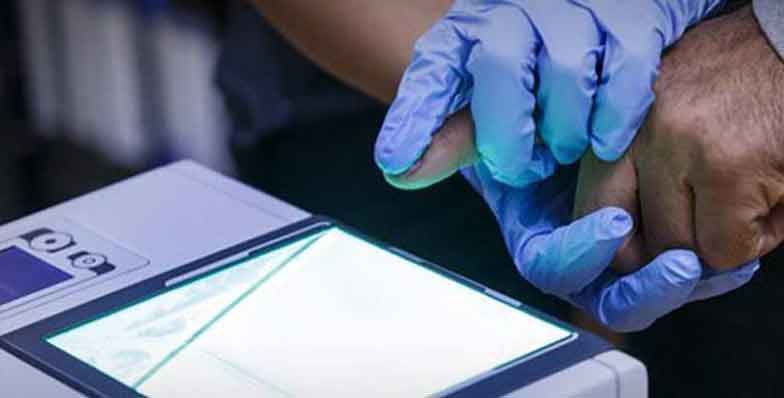
The Essential Role of High-Quality Fingerprint Images in Biometric Identification
Fingerprint recognition has solidified its place as a reliable method for personal identification, with over a century of use in forensic settings. Its application has expanded into civilian domains in recent years, significantly impacting the identity and access control systems market. Governments and private sectors worldwide rely on these systems, which are now integral to the daily operations of numerous enterprises, law enforcement bodies, government agencies, and educational institutions. The effectiveness of these systems depends on their ability to operate seamlessly around the clock, minimizing errors such as false rejections or acceptances.
The Importance of Fingerprint Image Quality
The core of any effective biometric system is high-quality imaging of fingerprint features. In the digital age, even forensic applications prefer electronic fingerprint capture, as highlighted by the FBI's preference for live scan fingerprinting over traditional ink-and-roll methods. The FBI emphasizes the clarity and ease of capturing fingerprints electronically, advocating for quality control software within live scan devices to ensure optimal results.

However, the success of a fingerprint recognition system isn't solely dependent on its algorithms or technology—it's fundamentally tied to the quality of the fingerprint image captured. A subpar image can severely hinder the algorithm's ability to accurately identify and analyze minutiae, which is critical for the system's overall performance. While the recognition algorithms are essential, they can only work with the quality of the image presented to them.
Challenges and Solutions in Fingerprint Image Capture

Despite advancements, capturing high-quality fingerprint images can be challenging due to various factors, including environmental conditions, user behavior, and the physical condition of the subject's fingertips. Users can manage issues such as wet or dirty fingers by drying or cleaning their hands before scanning. However, other challenges like aged or worn fingerprints or the scanning equipment's technical limitations may not be addressed as quickly.
The method of capturing the fingerprint—whether digital or manual—also plays a significant role. Electronic capture generally provides higher-quality images than the manual process, though it can also be affected by adverse conditions or improper handling. For instance, how the fingertip is placed on the scanner and the cleanliness of the scanning surface can significantly affect the image quality.
Improving Fingerprint Image Quality
Law enforcement agencies and other organizations stress the importance of capturing high-quality fingerprint images. Simple steps like controlling environmental conditions, ensuring clean and unobstructed scanning surfaces, and properly training users on the acquisition process can improve image quality. Additionally, biometric systems can incorporate quality checks to reject poor images and prompt re-sampling when necessary.
In forensic contexts, however, where samples might be far from ideal, recognition systems must be capable of analyzing even imperfect fingerprints effectively. This requires robust algorithms and advanced sensor technologies that can tolerate a range of environmental and biological factors.
Image: Challenges in automated fingerprint processing: (a) wet fingerprint (left) and extracted features (right); (b) fingerprint with many cuts (left) and extracted features (right); (c) small overlapping area as marked by rectangles; (d) large nonlinear distortion in fingerprint patterns as indicated by the corresponding triangles; (e) latent fingerprint with overlapping letters (left) and the extracted features (right); (f ) altered fingerprint: a criminal made a Z-shaped incision into each of his fingers (left), switched two triangles, and stitched them back into the finger (right). Credit: Department of Computer Science and Engineering at Michigan State University
Conclusion
Ultimately, the quality of fingerprint images is pivotal to the success of matching processes in biometric systems. Poor image quality not only affects the immediate matching performance but also impacts the system's overall efficacy. Ensuring the capturing of high-quality images, especially during enrollment, is crucial because all subsequent verifications are compared against these stored entries. High-quality samples lead to more reliable matches and a more efficient system overall, highlighting the necessity of maintaining high standards in fingerprint image capture across all scenarios.
Comments